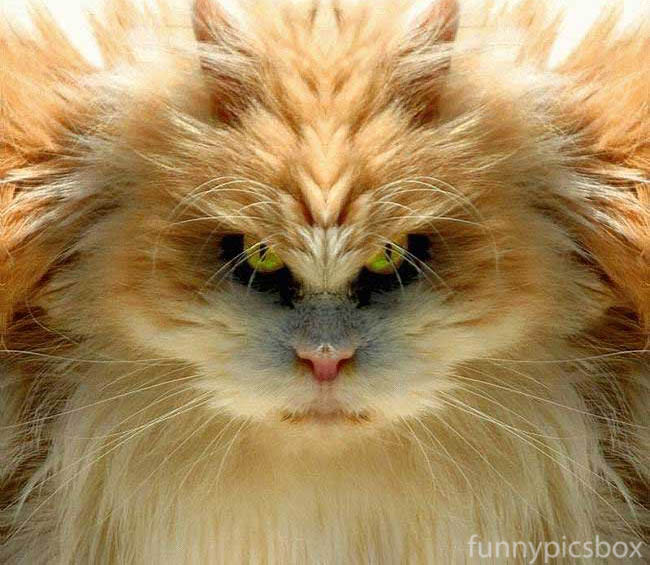The Psychology of Cat Litter Preference
The Psychology of Cat Litter Preference
Blog Article

Cat litter and litter boxes play an essential role in the lives of both cats and their owners. From the simple starts of sand and soil to the ingenious advancements of today, the world of cat litter has actually developed substantially. In this comprehensive guide, we look into every aspect of cat litter and litter boxes, exploring their history, types, benefits, difficulties, and everything in between.
The history of cat litter dates back centuries, with ancient civilizations using sand, soil, and even ashes as primitive litter materials. However, it wasn't until the mid-20th century that modern cat litter as we understand it emerged. In 1947, Edward copyright introduced the world's first industrial cat litter made from absorbent clay, transforming the way cats relieved themselves indoors. Because then, cat litter has undergone numerous transformations, with the introduction of clumping litter, silica gel litter, biodegradable options, and more.
Today, feline owners are ruined for option when it concerns choosing the best litter for their feline companions. Conventional clay litter remains popular for its affordability and efficiency in soaking up smells. Clumping litter, which forms solid clumps when wet, simplifies cleansing and upkeep. Silica gel litter, made up of highly absorbent silica crystals, offers superior smell control and durability. Biodegradable options, such as recycled paper, wood pellets, corn, and wheat, appeal to ecologically mindful consumers.
Each type of cat litter uses distinct advantages. Clay litter excels in its capability to take in moisture and control smells, making it a reliable option for numerous cat owners. Clumping litter streamlines everyday scooping and extends the time between total litter modifications. Silica gel litter offers exceptional smell control and can last longer between replacements. Biodegradable litters use a sustainable option that reduces ecological effect.
While cat litter enhances indoor feline health, it is not without its difficulties. Dust from clay wood pellets cat litter litter can pose breathing dangers for both cats and people, prompting the cat litter box furniture appeal of dust-free alternatives. Some felines may develop litter box hostility due to issues with texture, aroma, or cleanliness, necessitating experimentation with various litters and box configurations. Multi-cat families may need strategic litter box positioning and frequent upkeep to prevent territorial disagreements and guarantee all felines have access to clean centers.
Choosing the proper litter box is important for promoting favorable litter box practices and total feline well-being. Aspects to consider consist of size, accessibility, and style preferences. Covered litter boxes offer personal privacy and aid include smells, but some felines may find them restricting or intimidating. Open-top litter boxes use easy access and exposure however may result in more litter scatter. Automatic self-cleaning litter boxes streamline upkeep but need regular monitoring and maintenance.
Proper litter box maintenance is vital for guaranteeing a clean and welcoming environment for both felines and their owners. Daily scooping eliminates waste promptly, lessening smell and discouraging litter box hostility. Routine litter replacement, generally every 1-2 weeks, avoids bacterial accumulation and preserves optimum absorbency. Thorough cleaning with moderate cleaning agent and water, avoiding severe chemicals that might hinder cats from using package, should be performed monthly.
Cat litter and litter boxes play a main function in fostering a healthy and harmonious relationship between felines and their human buddies. With a varied array of litter choices and litter box styles readily available, feline owners have the flexibility to customize their options to match their cats' preferences and home requirements. cat litter box self cleaning By understanding the evolution, types, benefits, and difficulties of cat litter and litter boxes, animal owners can supply their feline good friends with a comfortable and hygienic indoor environment.